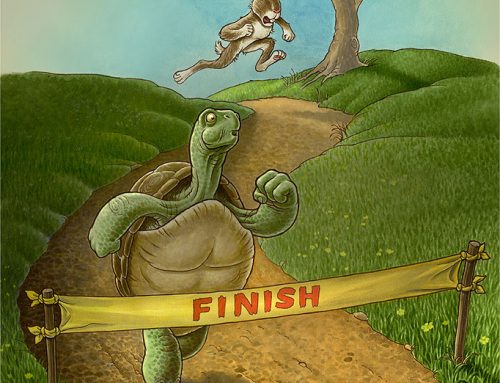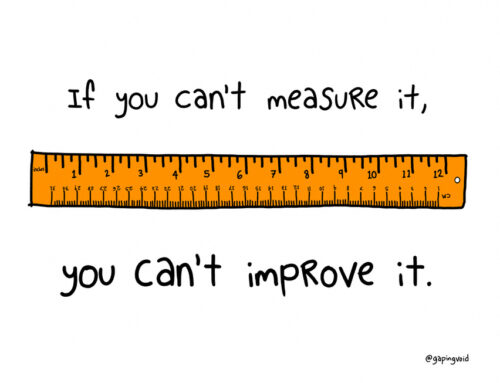Do the Opposite On Purpose
January 3, 2016
Categories: Change
Have you ever had something in your life you wanted to start doing, or stop doing, but you just couldn’t seem to make the change? Or maybe you were able to ‘white-knuckle’ it for awhile, but you haven’t been able to sustain the change.
This can be a very frustrating experience. It can be especially aggravating when you really know it would be good for you to make the change or do something different.
Here’s an idea that has helped me: Usually when we want to make a change in our lives, but are struggling to make it happen, there’s something inside us pushing us in the opposite direction. However (and here’s the tough part), we might not be aware of the opposite part of us. Because we aren’t in touch with that part of us, it becomes really powerful. Sometimes it can even run our life.
Here’s an exercise that might help you get in touch with the opposite part of yourself: Do the Opposite On Purpose.
Often when we’re trying to change something in our lives, we try really hard. We might succeed for a while, but then when we’re worn out, or haven’t gotten enough sleep, or have a bunch of stress, we cave in and do the thing we don’t want to do. Sometimes we might not even know how it happened.
In this exercise, I will encourage you to do the opposite thing ‘on purpose.’ (The one exception here is if the opposite thing involves hurting yourself or others.)
Here’s what the exercise looks like:
- Find a time when you are feeling in an okay place—not too high and not to low.
- Identify the thing you are trying to do (e.g., eat healthy, not procrastinate, meditate, exercise, etc.).
- Identify the thing you find yourself doing when you fail at #2.
- Do #3 ‘on purpose.’ You might even want to exaggerate it. Really identify with the part of you that moves you toward #3. If it helps you, you could even give that part of you a name (e.g., Junk Food Josh).
- Take some time and reflect on Step #4. Did anything come up for you as you were doing the opposite thing ‘on purpose?’ Any thoughts? Any feelings (e.g., Sad, Angry, Scared, Happy, Excited, Tender)?
- Think about whether there might be a way forward that honors the part of yourself you identified in Step #4. Here are two ideas:
- There might be a way to honor the part of you identified in Step #4 by continuing to do the opposite thing ‘on purpose’ but within certain parameters. For example, I heard the story of a man who loved to play video games. He tried to completely stop playing video games in order to spend more time with his wife and kids, but it didn’t really work. He decided to honor the part of himself that wanted to play video games by doing it ‘on purpose,’ but only within a certain time frame (e.g., Saturday mornings). The same idea is incorporated into diets that allow a ‘cheat’ meal or day.
- Sometimes it’s tough to figure out a way to honor the part of you identified in Step #4, especially if there might be real-life consequences to doing the opposite thing ‘on purpose.’ For example, if that part of you is urging you to physically hurt someone else, you don’t want to do that because you could ruin a relationship or end up in jail. However, there might be a way to figure out what that part of you really needs, and do something to honor that part of you. For example, maybe you feel angry and want to hit your boss because he makes a ton of unreasonable demands on you. Perhaps you could honor that part of you by working to set a boundary or stick up for yourself.
Sometimes we get stuck trying to change, and we do the same thing over and over again. Doing the opposite ‘on purpose’ can be a way to shake things up and provide new insight into your situation.
Action Step: Next time you find yourself struggling with something over and over again, try going through the steps of doing the opposite ‘on purpose.’ What did you learn about yourself from this exercise?
Related Thoughts

Subscribe To My Newsletter
Join my mailing list to receive the latest blog posts.
Receive my e-book “The Mental Health Toolkit” for free when you subscribe.





